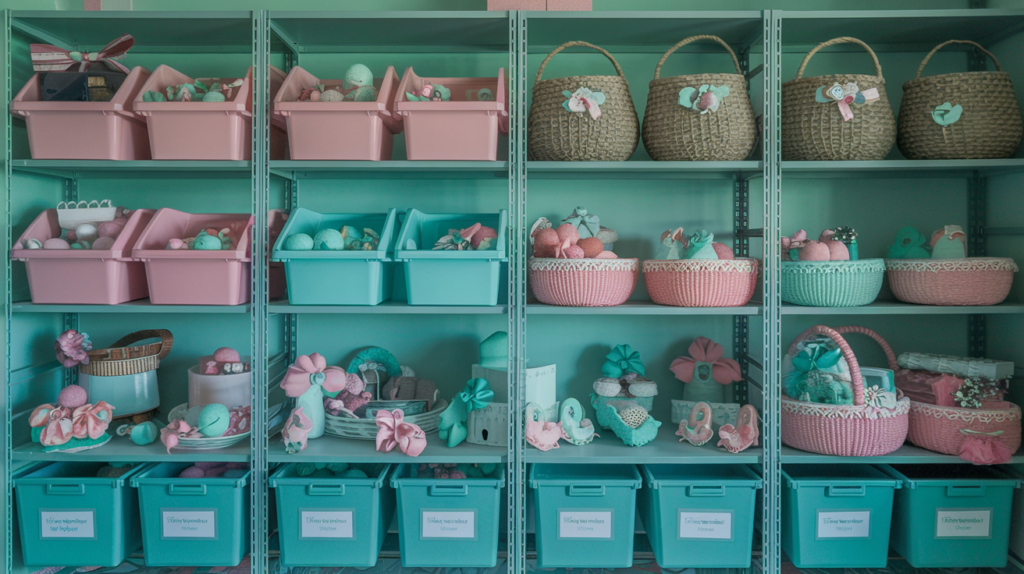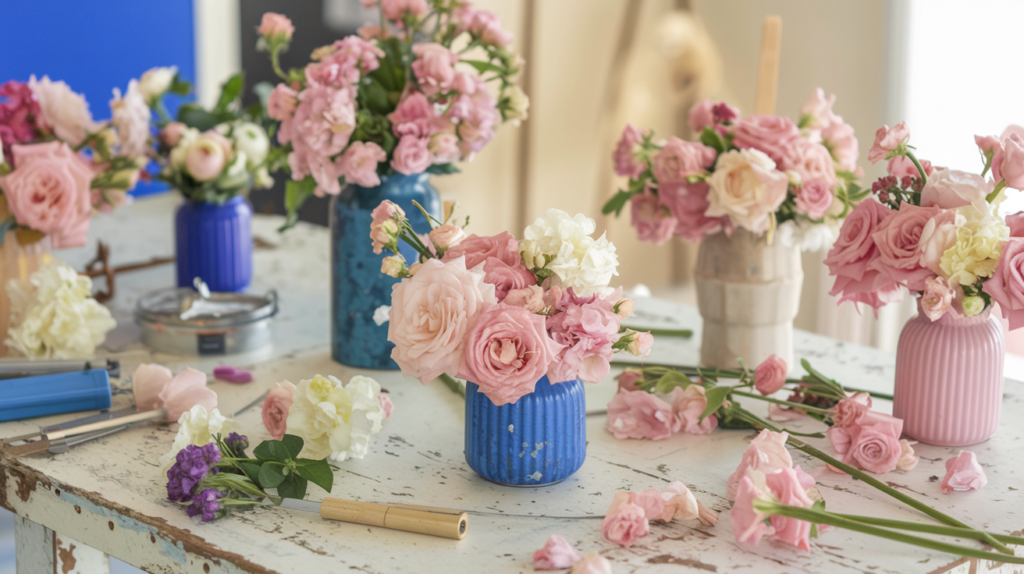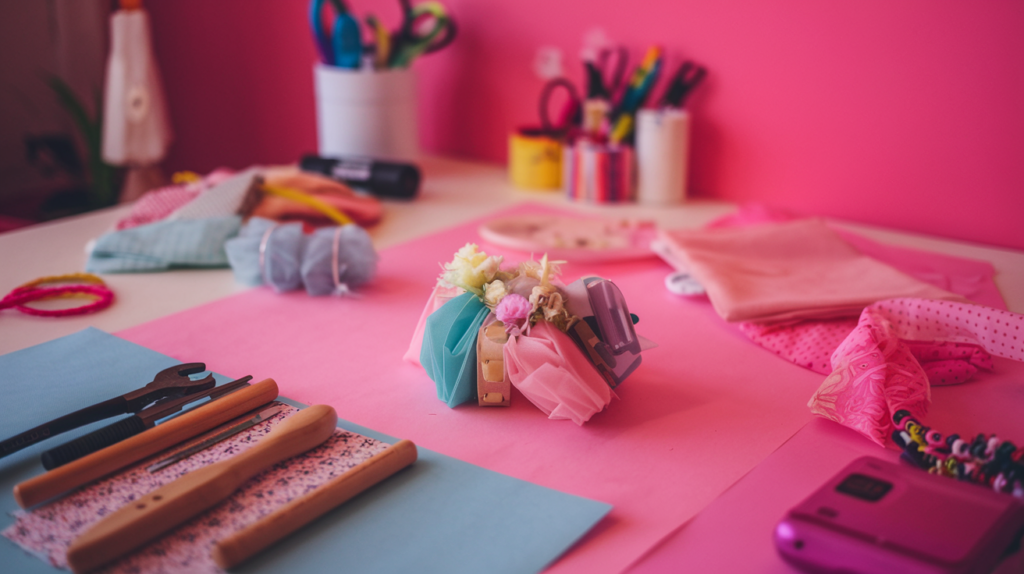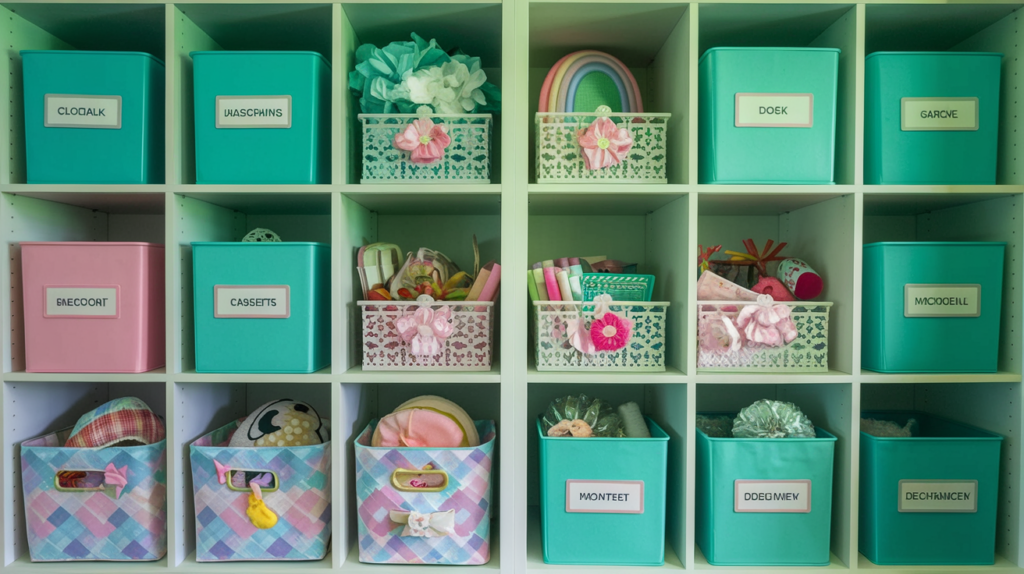For A Beautiful Home All Year

Instructions and Best Use of the Seasonal Decorating Checklist
The Seasonal Decorating Checklist is a tool designed to simplify the process of refreshing your home for every season. By following this guide, you can create a cohesive, welcoming space that mirrors the beauty and energy of the changing seasons. Whether you’re a seasoned decorator or just starting, these detailed instructions and tips will help you maximize the checklist’s potential.
Some blog articles may contain affiliate links to products or services for which we could receive a commission on transactions. A.I. generators may assist some of the content on this blog site.
Thank you for visiting our blog!
Step 1: Plan Your Seasonal Transitions

- Start Early: Begin planning your seasonal updates at least 1–2 months in advance. This allows you time to gather decor, budget for new items, and brainstorm ideas.
- Set a Goal: Decide the focus of your seasonal updates. Are you refreshing the entire home or focusing on key areas like the living room, entryway, or dining table?
- Evaluate Your Existing Decor: Take an inventory of what you already have. Look for items that can be reused, repurposed, or updated for the new season.
Pro Tip: Create a seasonal decorating calendar to stay on track. Mark key dates for tasks like decluttering, shopping, DIY projects, and setup.
Scroll down to the bottom to get the FREE Checklist!
Step 2: Declutter and Organize

- Pack Away Off-Season Items: Store items that don’t match the upcoming season’s aesthetic. For example, put away heavy winter blankets when transitioning to spring.
- Use Labeled Storage Bins: Keep items organized by season and room. Clear bins make it easy to see what’s inside, while labels save time when unpacking.
- Donate Unused Items: If you haven’t used certain decor in years, consider donating it to free up space and give someone else the joy of decorating.

Money-Saving Tip: Repurpose decor from one season to the next. For example, a neutral vase can hold fresh flowers in spring, driftwood in summer, fall leaves in autumn, and pinecones in winter.
Step 3: Use the Checklist to Create a Shopping and Decorating Plan

- Prioritize Needs Over Wants: The checklist helps you identify essential updates. For instance, if your fall pillows are worn out, replacing them may take priority over buying new candles.
- Mix Old and New: While shopping for decor, aim to blend your current items with a few new pieces to create a fresh look without overspending.
- Explore Secondhand Options: Visit thrift stores, flea markets, and garage sales for unique finds. You can also swap decor with friends and family to mix things up.
Hack for Small Spaces: Use multi-functional decor like ottomans with hidden storage or decorative boxes to reduce clutter and maximize storage for off-season items.
Scroll down to the bottom to get the FREE Checklist!
Step 4: Personalize Your Seasonal Decor

- Match Your Style: Tailor the checklist to reflect your personal preferences. For example, if you love coastal themes, incorporate beach-inspired elements year-round.
- Highlight Key Areas: Focus on high-impact areas like the entryway, mantel, dining table, and living room. These are spaces that guests see first and where seasonal decor can make the most significant impression.
- Add DIY Touches: Use the checklist to inspire creative projects. Handmade items like wreaths, centerpieces, or painted vases add a unique and personal touch to your space.

Pro Tip: Choose a neutral base for your decor, such as white walls or beige furniture. This makes it easier to swap seasonal accents like pillows, throws, and tableware without clashing.
Step 5: Save Time and Money with Budget-Friendly Tips

- Shop Clearance Sales: Buy seasonal items at the end of each season when stores offer discounts. For example, stock up on winter decorations in January or summer decor in August.
- Repurpose Everyday Items: Look around your home for items that can be adapted for seasonal use. A plain tray can be styled with candles for winter or seashells for summer.
- DIY Decor: Use affordable materials like fabric scraps, mason jars, or natural elements to craft seasonal decorations.
Sharing Idea: Organize a neighborhood or family decor swap. Bring items you no longer need and trade them for fresh finds. This is a cost-effective and eco-friendly way to update your home.
Step 6: Store Smartly for the Next Season

- Keep Items Clean and Protected: Wash or dust seasonal items before storing them to ensure they’re ready for use next year.
- Invest in Airtight Bins: Protect fragile or fabric items from moisture, dust, and pests.
- Maximize Vertical Space: Use shelving units, hanging rods, or wall-mounted storage for wreaths, garlands, and other bulky items.
Pro Tip: Label bins with both contents and the season. For example, “Spring: Pillows and Linens” or “Fall: Entryway Decor.” This makes decorating for the next season quick and effortless.

Some blog articles may contain affiliate links to products or services for which we may receive a commission on transactions. Some of the content on this blog site may be assisted by A.I. generators.
Thank you for visiting our blog!

Join the discussion 3 Comments